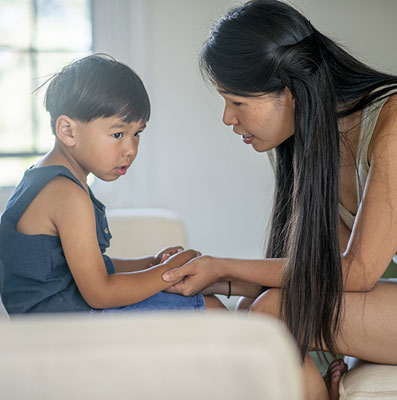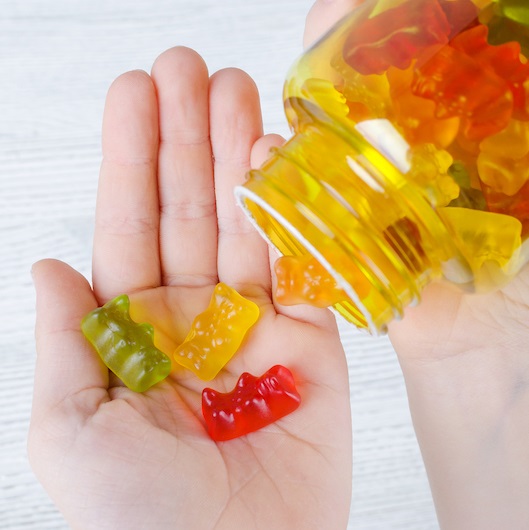6 Therapeutic Activities for Kids
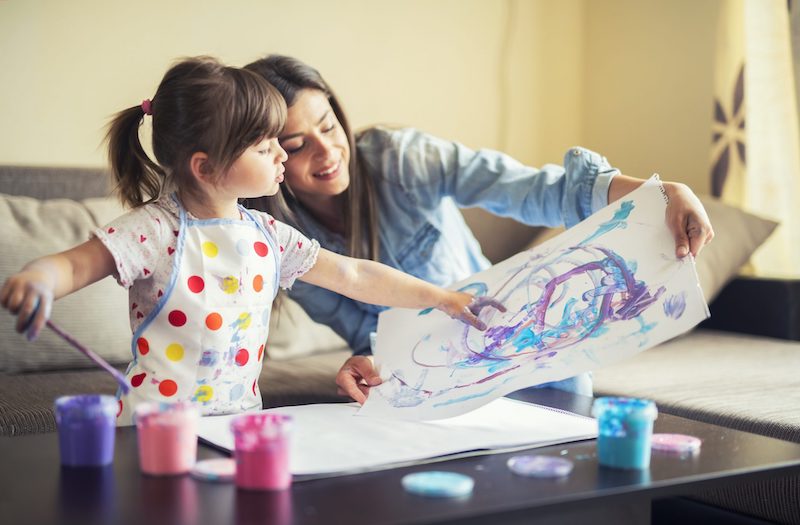
April 24, 2020
Your child may be little, but their feelings are big. Whether it’s managing an illness or medical diagnosis, a crisis seen on the news, or dealing with the day-to-day stressors of school and friendships, our little ones need support to process and understand their feelings.
Research supports therapeutic play as a helpful means to processing and supporting children for all developmental ages. Our Child Life Specialists, certified and trained in the developmental impact of illness and injury, help children and their families cope and understand their hospital stay through therapeutic interventions and have provided the following six activities. These activities can help parents and caregivers help their child cope with stress and anxiety.
Medical Matching Game (Ages 3+)
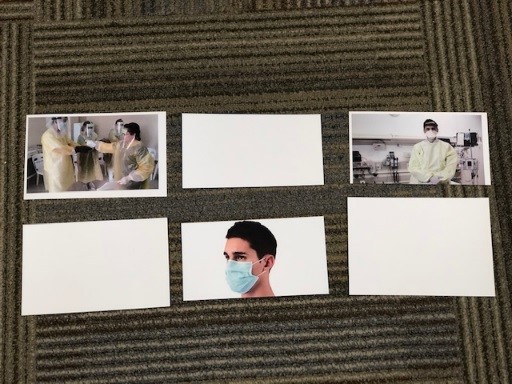
If the child or a family member needs to go to the hospital, they may see different types of medical equipment that might look scary. Creating an interactive, non-threatening game promotes familiarization and open discussion that will allow the child to gain more of an understanding, taking the fear out of the unknown.
Materials:
- Computer
- Printer
- Printer Paper
- Scissors
Directions:
Search and find kid-friendly photos online of medical staff such as doctors and nurses and equipment used in the hospital, such as a hospital bed, CT Scan machine and x-ray machine. Print out two copies of each picture and cut into squares. Keep one of each face down and one face up. Ask the child to turn over each down-facing photo and point out its matching image. While doing so, educate them on who the medical staff are and why they wear such items, such as why they wear gowns or masks to protect against catching germs. Find this opportunity to explain the functions of different equipment in ways they understand.
Emoji Clay (Ages 4+)
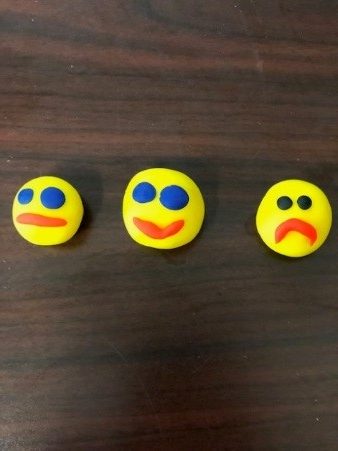
This activity provides a sensory outlet for children to express themselves and process emotions, allowing them to recover quickly from any difficulties they may experience.
Materials:
- Molding clay (can be purchased or home-made)
- Food dye (if making the clay at home)
Directions:
Have the child create faces that show different expressions with the clay. While doing so, engage them in conversation about their feelings and explain ways to cope with negative emotions, such as talking to someone about their feelings, or deep breathing exercises.
Bandaid Butterfly Art (Ages 4+)
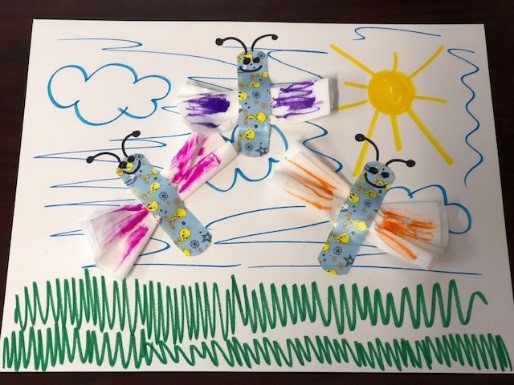
This activity helps children familiarize themselves with healing in a creative and expressive way. Facilitating any type of medical play helps children learn about the hospital or healing environment, taking the fear out of the unknown.
Materials:
- Tissues
- Bandaids
- Paper
- Markers/crayons
Directions:
Create the butterflies on a piece of paper by creating the wings by folding up tissue and “taping” it down with the bandaid. Have your child draw the background of where the butterflies live.
Worry Monster Art (Ages 5+)
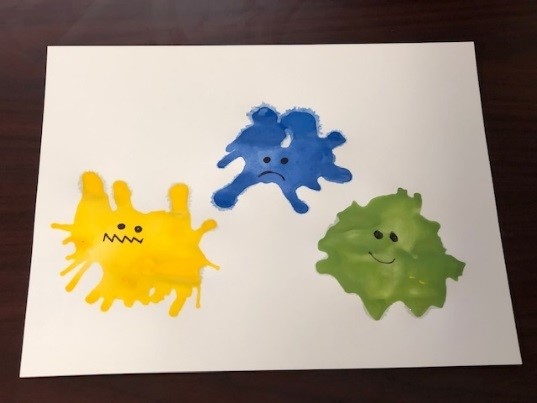
This activity helps encourage deep breathing, discussion of worries and creativity. Deep breathing in the activity promotes well-being and decreases stress. Discussion of worries helps provide children a space to process their emotions safely and in a creative way.
Materials:
- Paper
- Paint
- Straw
- Water
- Cups
- Markers
Directions:
Mix paint with a few drops of water in a cup. Pour the paint/water mixture on paper. Have the child use the straw to blow the paint mixture to create blobs. Once dried, draw faces on the blobs and allow them to discuss their worries.
Mindfulness Scavenger Hunt (Ages 5+)
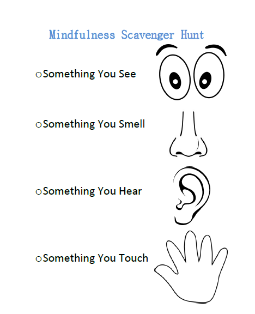
This stress-relieving activity provides coping strategies that help children be in the present and focus on aspects that they can control in the environment, instead of stressors that they cannot control.
Materials:
- Paper Bag
- Objects to hide
Directions:
Create a scavenger hunt that will allow the child to use their five senses to find the objects (sight, touch, hearing, smell and taste). This can include hiding physical items inside and outside the house, asking them to listen for certain noises in nature like birds chirping and incorporating healthy snacks into the activity. Have the child use a paper bag to collect applicable items and encourage them to take photos of materials they discover that cannot be collected.
Safe Place Pillowcase (Ages 5+)
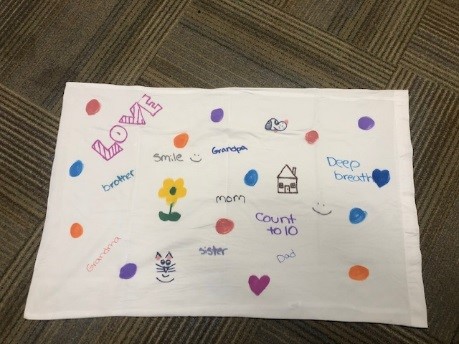
This activity helps establish a safe and comforting space for children, allowing them to relax and feel secure, in turn promoting normal growth and development.
Materials:
- White Pillow Case
- Permanent Markers
Directions:
Encourage the child to draw people, places and objects that make them feel safe on a pillow case. They should be instructed to write words of encouragement or ways they choose to cope when stressed. Once complete, wash the pillowcase. After it’s washed, the child can place the pillowcase on the pillow. This helps to alleviate any stress or anxiety they may feel at bedtime by reminding them about what makes them happy.
*These activities should not be utilized to replace counseling or therapy sessions. If your child is exhibiting signs of distress, seek out the advice of a mental health professional.
Next Steps & Resources:
- Learn more about Hackensack Meridian Health's Child Life program
The material provided through HealthU is intended to be used as general information only and should not replace the advice of your physician. Always consult your physician for individual care.

